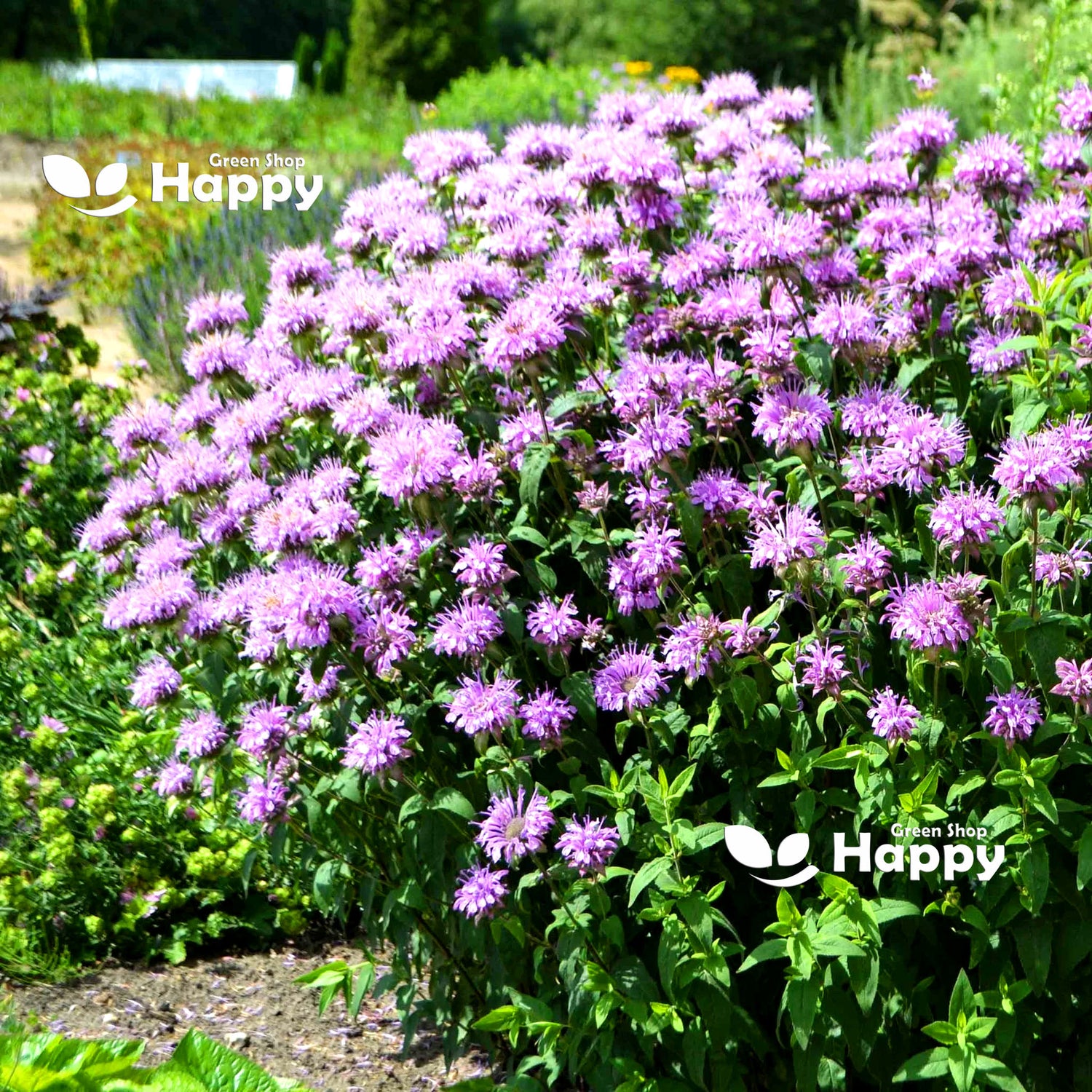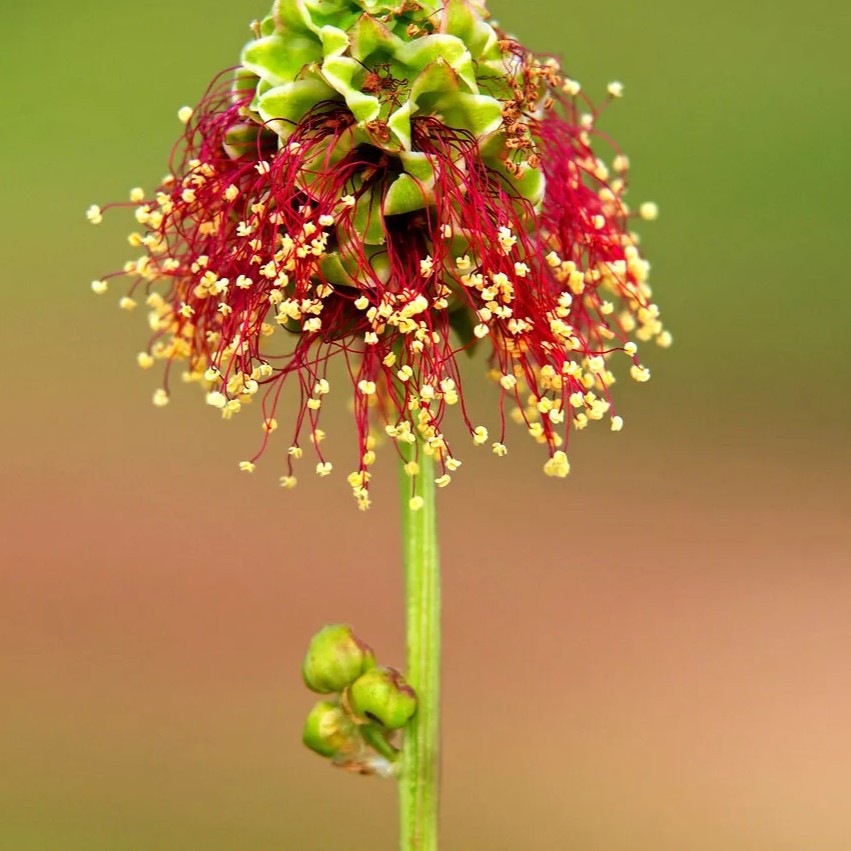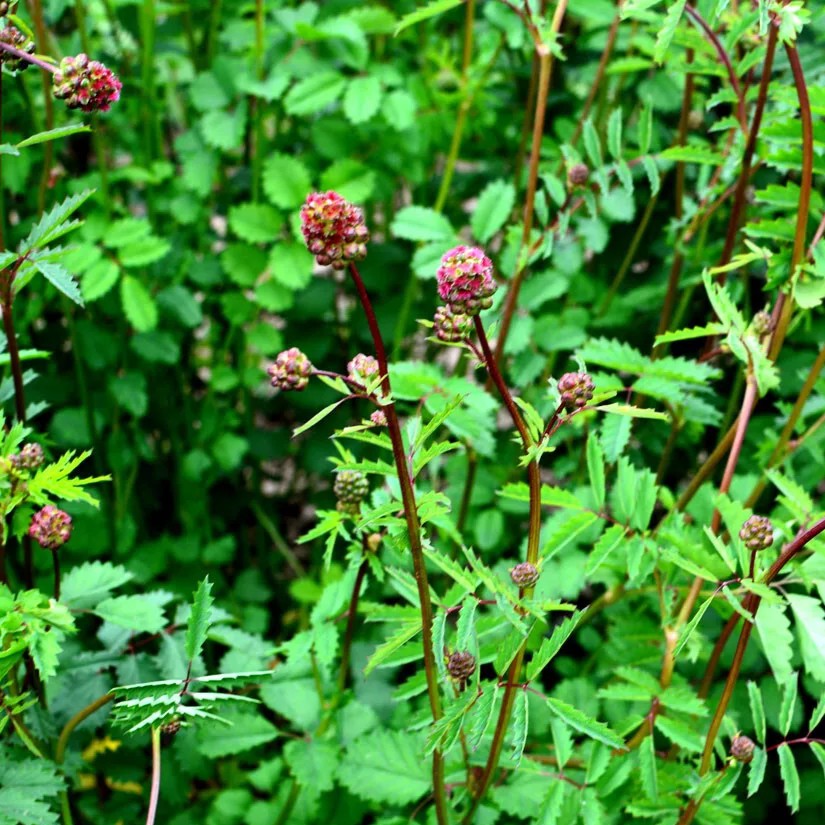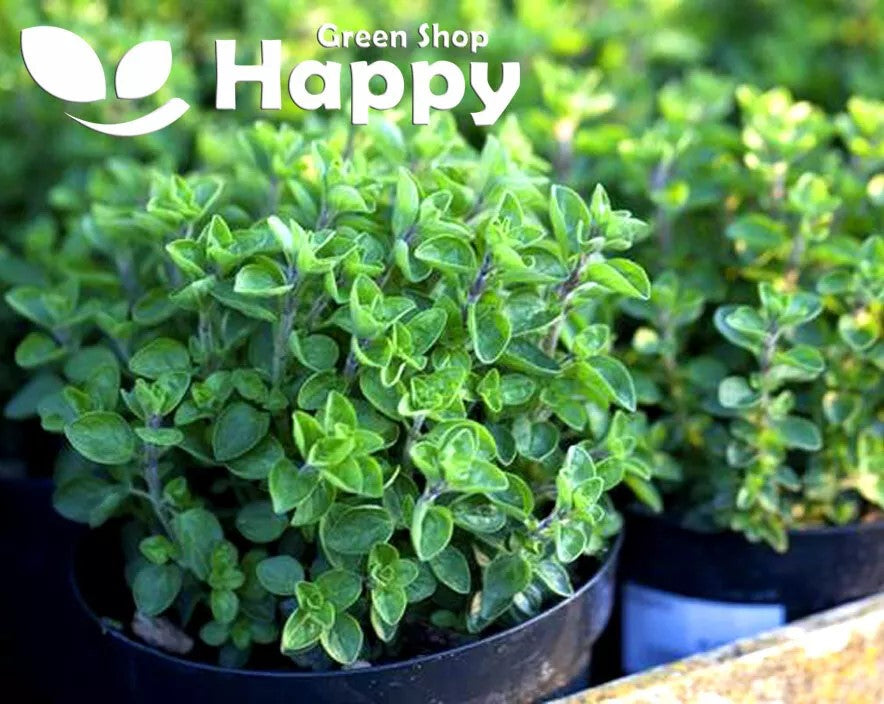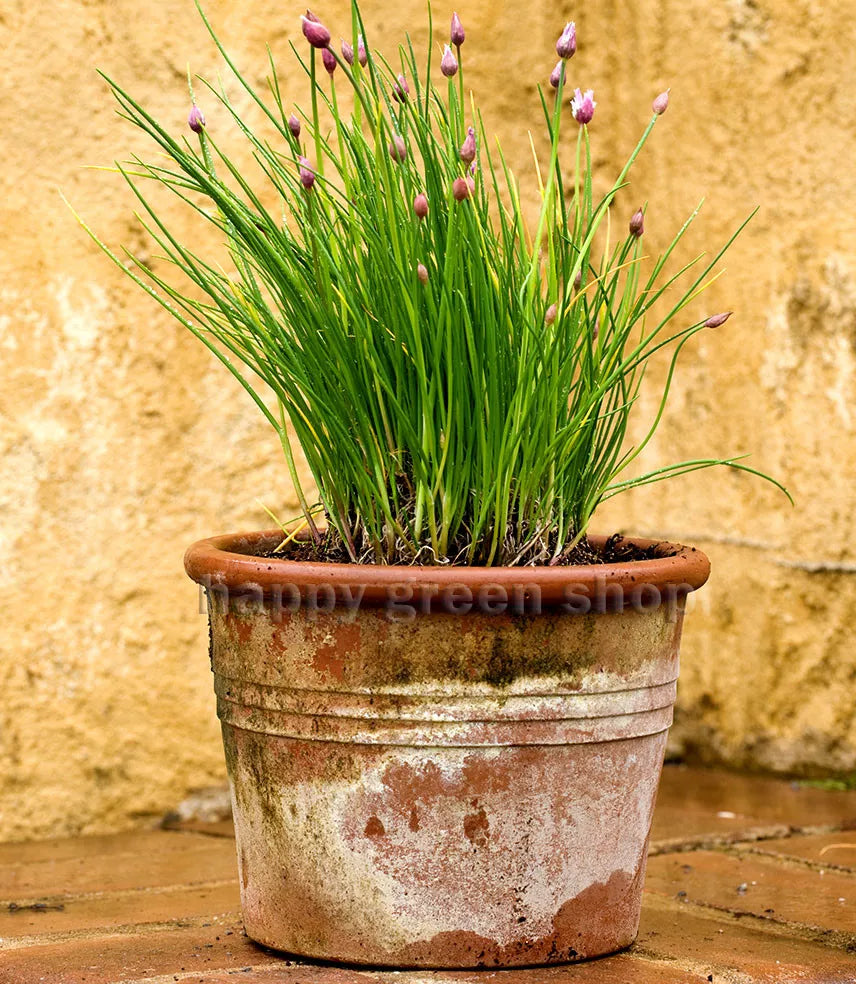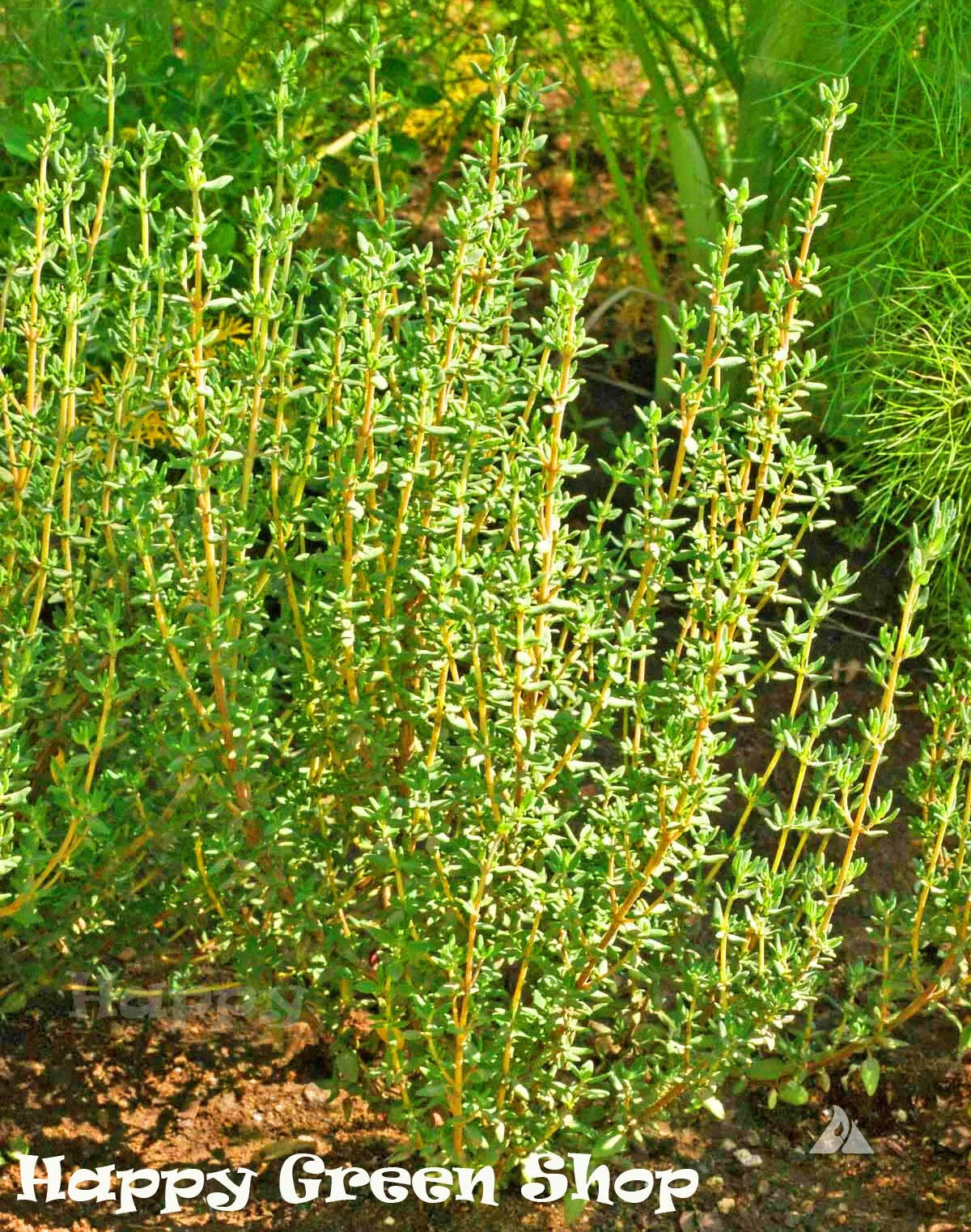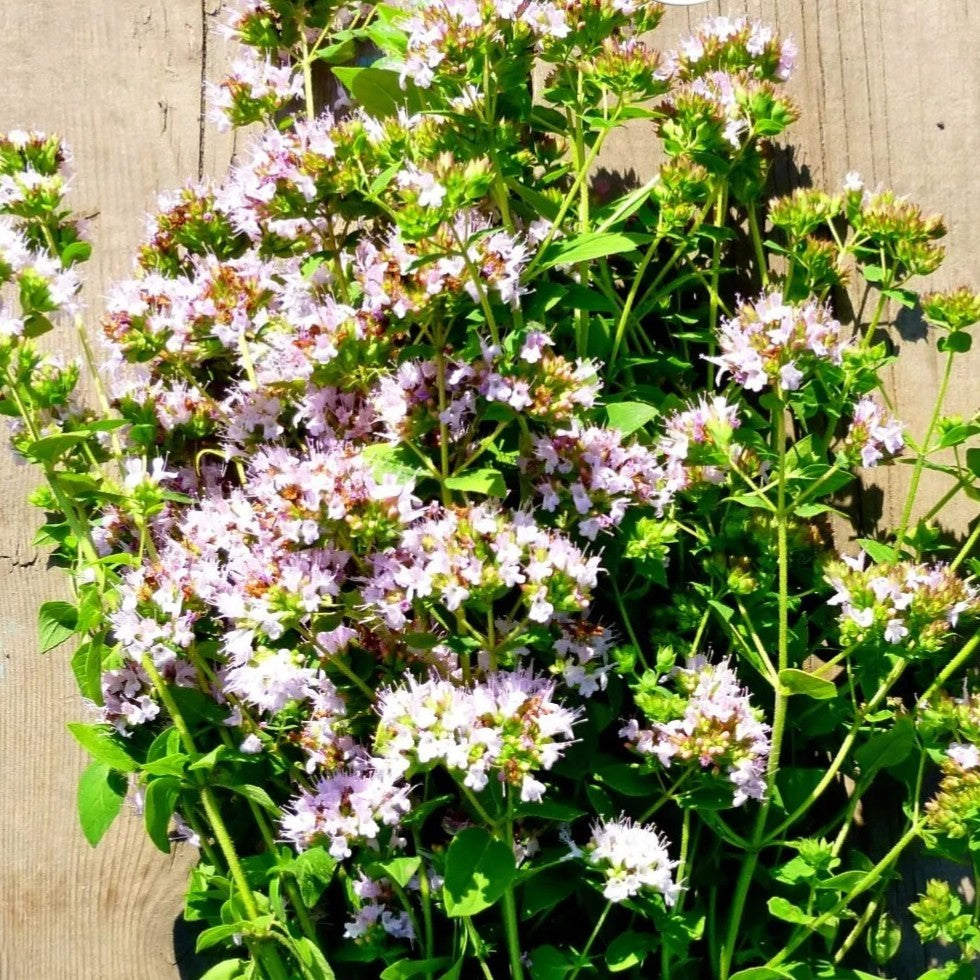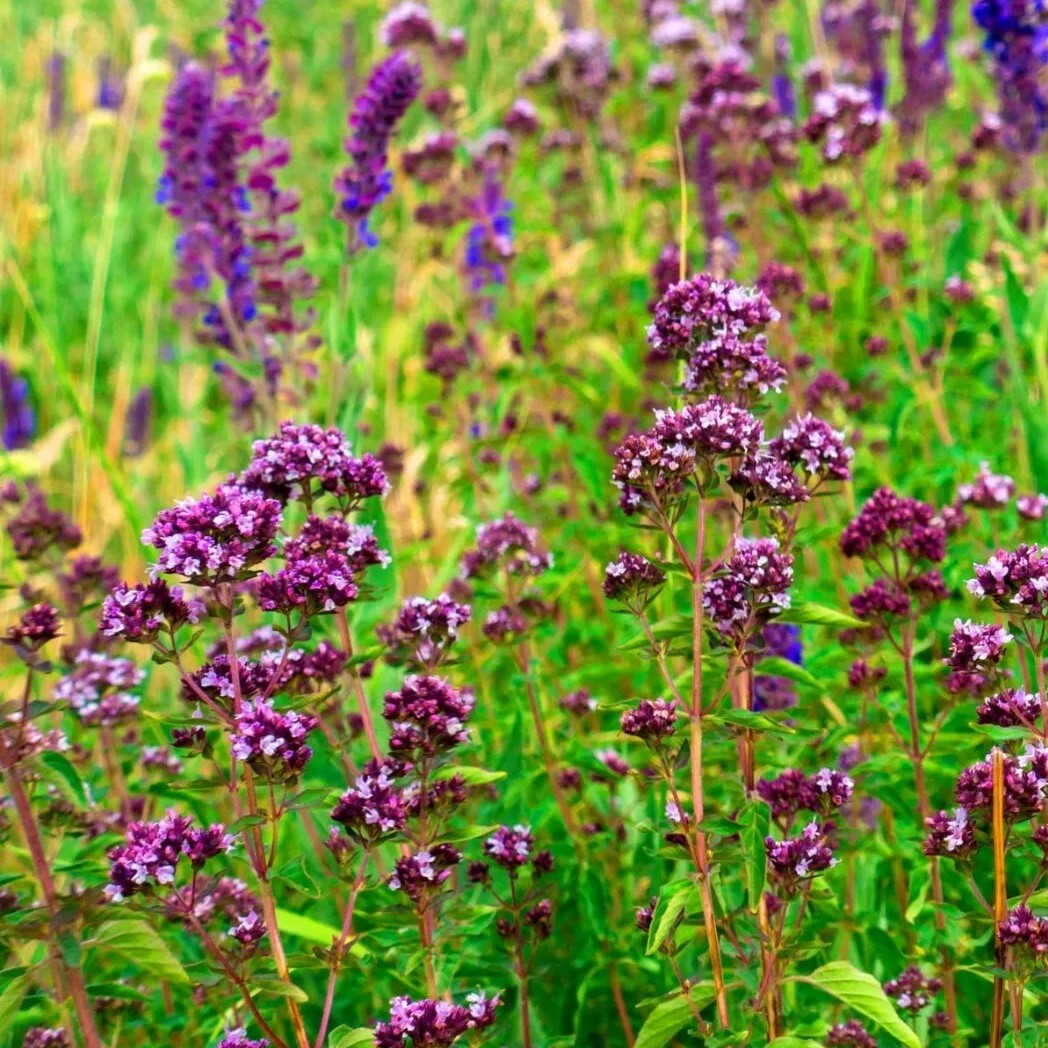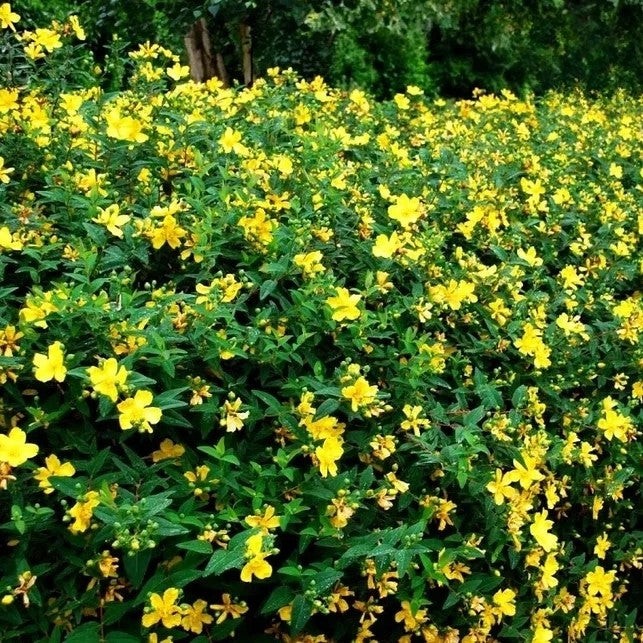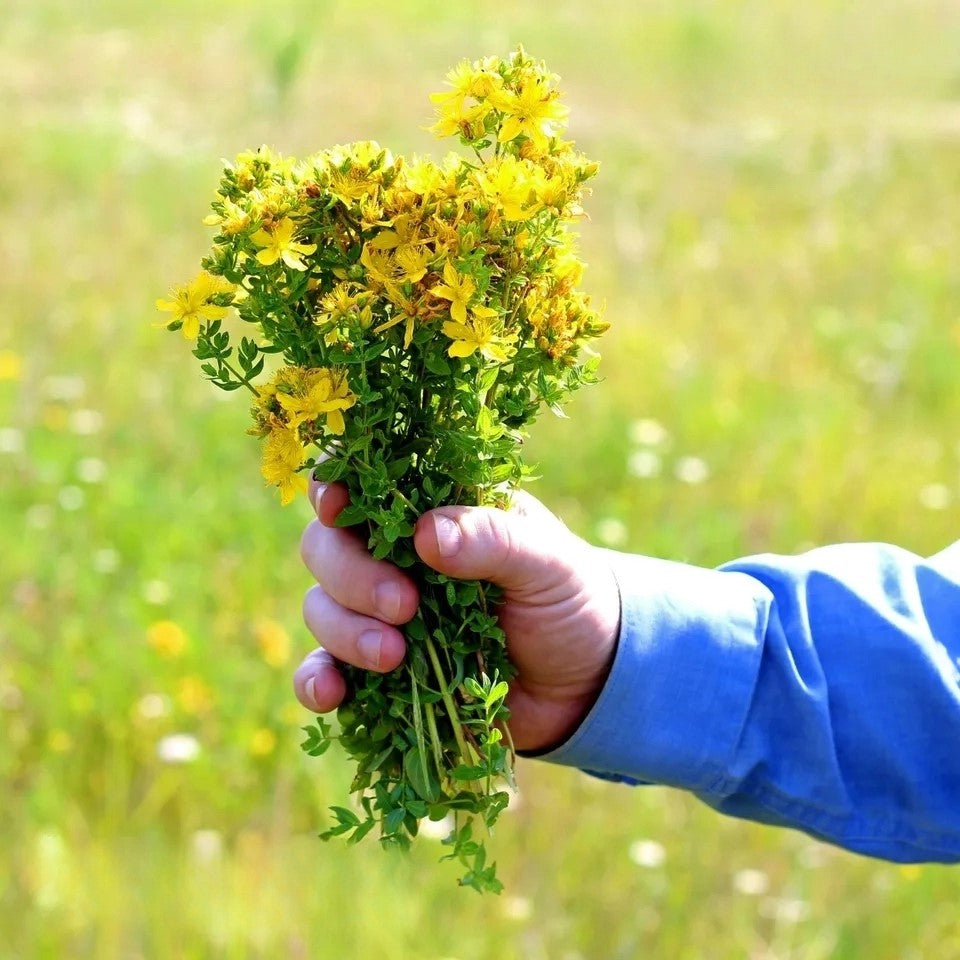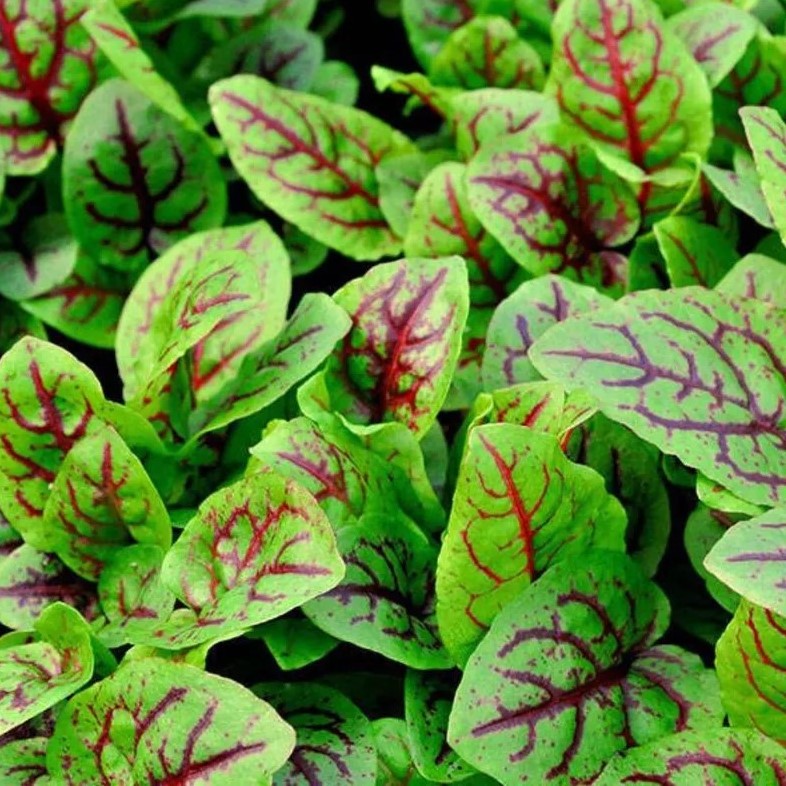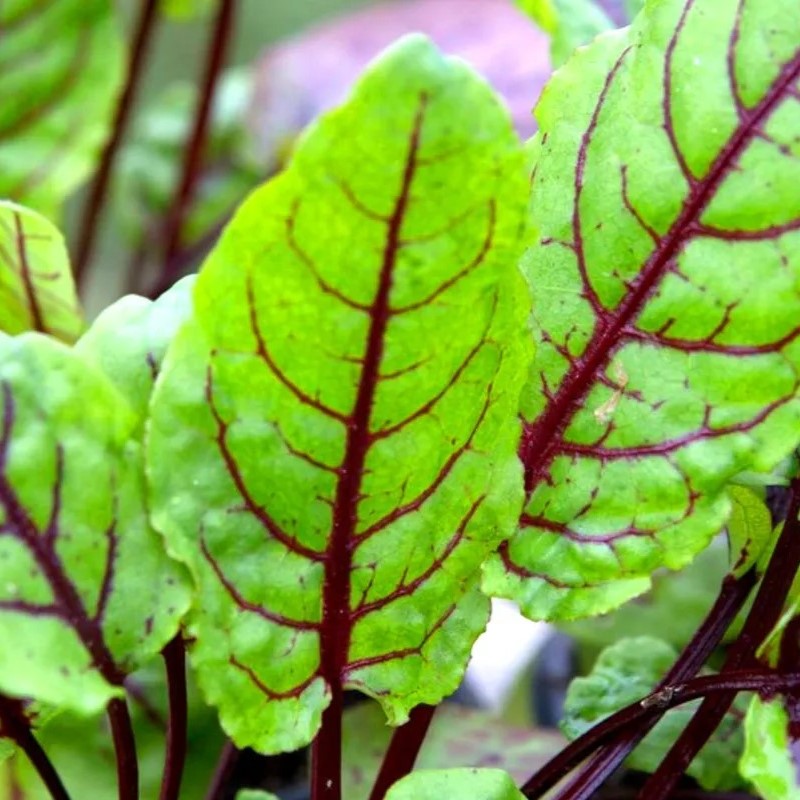Sort by:
25 products
25 products
Wild Bergamot – 1,300 Seeds (Monarda fistulosa)
Wild Bergamot (Monarda fistulosa) is a hardy perennial known for its fragrant lavender-pink blooms and aromatic foliage. A favorite of pollinators, it attracts bees, butterflies, and hummingbirds, making it perfect for pollinator gardens, borders, and wildflower meadows. Easy to grow and low-maintenance, it provides long-lasting color and texture from mid-summer to early autumn.
Why Grow "Wild Bergamot"
-
Fragrant lavender-pink blooms
-
Aromatic foliage with medicinal and culinary uses
-
Attracts bees, butterflies, and hummingbirds
-
Hardy and low-maintenance perennial
Key Features
-
Type: Perennial (Monarda fistulosa)
-
Height: 60–90 cm
-
Flowering: July–September
-
Position: Full sun to partial shade
-
Uses: Pollinator gardens, borders, wildflower meadows, cottage gardens
Ideal For
-
Pollinator-friendly gardens
-
Cottage-style or naturalized borders
-
Wildflower meadows
-
Herbal and sensory gardens
Sowing & Growing
-
Sow indoors: February–April in trays
-
Sow outdoors: April–May directly in prepared soil
-
Germination: 10–20 days at 18–22°C
-
Thin seedlings to 30–40 cm apart
-
Prefers well-drained soil and full sun
-
Deadhead to encourage prolonged flowering
Salad Burnet – Seeds (Sanguisorba minor)
Salad Burnet is a hardy perennial herb known for its fresh, cucumber-like flavor. Its delicate, serrated leaves are perfect for adding to salads, dips, sauces, and refreshing summer drinks. An attractive, low-maintenance plant, it also makes a lovely edging herb for the garden.
This herb is drought-tolerant once established and can be harvested repeatedly throughout the growing season. A traditional herb with both culinary and ornamental value.
How to Grow
-
Sow indoors: March – April
-
Sow outdoors: April – June
-
Depth: 0.5 cm, lightly cover
-
Spacing: 25–30 cm between plants
-
Position: Full sun to partial shade
-
Soil: Well-drained, light to medium soil
-
Watering: Moderate; drought tolerant once mature
Key Features
-
Perennial herb with cucumber-like flavor
-
Ideal for salads, sauces, and refreshing drinks
-
Hardy, drought-tolerant, and low maintenance
-
Attractive edging plant for herb gardens
-
Repeated harvests throughout summer
Harvest
-
Harvesting period: May – October
-
Pick young, fresh leaves regularly for the best flavor.
Short Tip
Snip leaves just before use, as their delicate flavor is best enjoyed fresh.
Greek Oregano – Seeds (Origanum hirtum)
Greek Oregano (Origanum hirtum) is a robust perennial herb, prized for its intensely aromatic leaves that are essential in Mediterranean cooking. Known for its strong flavor, it is a must-have for seasoning pizzas, pasta, roasted meats, and vegetables. Easy to grow and drought-tolerant, it also produces clusters of small white flowers that attract bees and other pollinators.
Why Grow Greek Oregano?
-
Classic Mediterranean herb with strong, authentic flavor
-
Hardy perennial, easy to maintain
-
Drought-tolerant and thrives in poor soils
-
Attracts bees and pollinators when in bloom
Key Features
-
Type: Perennial herb
-
Height: 30–60 cm
-
Spread: 30–45 cm
-
Flowering: June–August
-
Position: Full sun
-
Soil: Light, well-drained
Ideal For
-
Culinary herb gardens
-
Mediterranean and rock gardens
-
Container growing
-
Pollinator-friendly borders
Sowing & Growing
-
Sow indoors: February–April in trays/pots
-
Germination: 10–21 days at 18–22°C
-
Transplant outdoors: After frost risk has passed
-
Direct sow outdoors: May–June
-
Spacing: 25–30 cm apart
-
Harvest leaves regularly for best flavor
Tip: Trim plants after flowering to keep them compact and encourage fresh growth.
Chives 'Bohemia' - 1000 seeds (Allium schoenoprasum) - Hardy Perennial - Overwintering
£1.15
Unit price perChives 'Bohemia' - 1000 seeds (Allium schoenoprasum) - Hardy Perennial - Overwintering
£1.15
Unit price perChives ‘Bohemia’ – Seeds (Allium schoenoprasum) – Hardy Perennial
Chives ‘Bohemia’ is a hardy perennial herb, perfect for overwintering and providing fresh growth year after year. Known for its fine, hollow green leaves and mild onion flavor, it’s a versatile kitchen herb ideal for salads, soups, sauces, and garnishes. In summer, attractive purple-pink flowers appear, loved by bees and pollinators, making this a decorative as well as useful garden plant.
How to Grow
-
Sow indoors: February – April in pots or trays at 15–20°C.
-
Sow outdoors: April – July in finely prepared soil.
-
Thin or transplant seedlings to 20 cm apart.
-
Prefers full sun or partial shade and well-drained soil.
-
Cut regularly to encourage fresh growth.
Key Features
-
Hardy perennial herb with overwintering growth
-
Fine, mild onion-flavored leaves
-
Decorative purple flowers attract pollinators
-
Easy to grow in pots, borders, or herb gardens
-
Reliable year-round harvests
Ideal For
-
Fresh salads, soups, sauces, and garnishes
-
Herb gardens, borders, and containers
-
Attracting bees and pollinators
Sowing & Harvest
-
Sow: February – July
-
Harvest: May – October, with regrowth in spring
Quick Tip
Divide clumps every few years to maintain healthy growth and extend the lifespan of your chive plants.
Winter English Thyme – Seeds
(Thymus vulgaris)
Winter English Thyme is a hardy, aromatic perennial herb prized for its culinary and medicinal uses. Its evergreen foliage adds fragrance to the garden, while tiny, delicate flowers attract pollinators. Ideal for herb gardens, rockeries, or container planting, this versatile thyme provides year-round flavor and garden interest.
Why Grow Winter English Thyme?
-
Aromatic evergreen foliage for culinary and medicinal use
-
Hardy perennial suitable for year-round growth
-
Attracts bees and pollinators
-
Versatile for herb gardens, rockeries, and containers
Key Features
-
Type: Perennial herb
-
Height: 15–30 cm
-
Flowers: Summer, small pink or purple blooms
-
Position: Full sun
-
Soil: Well-drained, moderately fertile
Ideal For
-
Herb gardens and culinary use
-
Rockeries and container planting
-
Pollinator-friendly gardens
-
Evergreen groundcover and edging
Sowing & Growing
-
Sow indoors: February–April in seed trays
-
Sow outdoors: April–May directly in prepared soil
-
Germination: 14–21 days at 18–20°C
-
Spacing: 20–30 cm between plants
-
Care: Low maintenance; trim regularly to maintain shape and encourage new growth
Wild Marjoram – Oregano – Seeds (Origanum vulgare)
Wild Marjoram (Oregano) is a hardy perennial herb cherished for its fragrant leaves and delicate pink-purple flowers. A staple of Mediterranean cooking, oregano adds a rich, earthy flavor to pizzas, pasta, sauces, and roasted vegetables. Beyond the kitchen, its nectar-rich flowers are a magnet for bees and butterflies, making it a wonderful addition to herb gardens, borders, and pollinator-friendly spaces.
How to Grow
-
Sow indoors: March – May in seed trays or pots.
-
Transplant outdoors: After the last frost in a sunny, well-drained spot.
-
Spacing: 25–30 cm apart.
-
Oregano prefers light, well-drained soil and thrives in warm, sunny conditions.
Key Features
-
Aromatic herb essential for Mediterranean cuisine
-
Hardy perennial, easy to grow
-
Attracts bees and butterflies with summer blooms
-
Suitable for pots, containers, or borders
-
Drought-tolerant once established
Ideal For
-
Culinary herb gardens
-
Fresh or dried use in cooking
-
Pollinator-friendly borders
-
Container growing on patios or balconies
Sowing & Harvest
-
Sow: March – May
-
Harvest: June – October (leaves can be harvested fresh or dried)
Quick Tip
For the most intense flavor, harvest oregano leaves just before flowering, and dry them in a cool, airy place.
Stinging Nettle – Seeds
(Urtica dioica)
Stinging Nettle (Urtica dioica) is a versatile perennial herb valued for its nutritional and medicinal properties. Its vibrant green leaves are rich in vitamins and minerals, making it perfect for teas, soups, and natural remedies. Hardy and easy to grow, it also provides shelter and food for wildlife, supporting pollinators and beneficial insects.
Why Grow Stinging Nettle?
-
Nutrient-rich leaves for culinary and medicinal use
-
Hardy perennial, easy to grow
-
Supports pollinators and wildlife
-
Traditional herbal remedy with multiple uses
Key Features
-
Type: Perennial herb
-
Height: 60–150 cm
-
Leaves: Harvest from spring to autumn
-
Position: Full sun to partial shade
-
Soil: Moist, fertile, well-drained
Ideal For
-
Herbal and edible gardens
-
Pollinator-friendly plantings
-
Natural remedies and teas
-
Wildlife habitats
Sowing & Growing
-
Sow indoors: February–April in seed trays
-
Sow outdoors: April–May directly in prepared soil
-
Germination: 14–28 days at 15–20°C
-
Spacing: Thin seedlings to 30 cm apart
-
Care: Prefers consistent moisture; perennial, low maintenance
St. John’s Wort – Seeds (Hypericum perforatum)
St. John’s Wort (Hypericum perforatum) is a hardy perennial herb known for its bright yellow star-shaped flowers and long history of use in traditional herbal medicine. It grows easily in gardens, meadows, or wildflower plantings, attracting pollinators while adding natural beauty.
Often valued for its ornamental and herbal qualities, St. John’s Wort thrives in poor soils and sunny locations, making it a low-maintenance addition to cottage gardens and naturalized landscapes.
How to Grow
-
Sow indoors: February – April
-
Sow outdoors: April – June, or autumn for natural stratification
-
Depth: Surface sow – seeds need light to germinate
-
Spacing: 30 cm between plants
-
Position: Full sun to partial shade
-
Soil: Well-drained, moderately fertile, sandy or rocky soils
Key Features
-
Perennial herb with golden yellow, star-shaped blooms
-
Attracts bees and pollinators
-
Grows well in poor, dry soils – low maintenance
-
Suitable for borders, meadows, and herb gardens
-
Traditional herb, long valued in folklore and medicine
Flowering & Harvest
-
Flowering time: June – September
-
Blooms can be collected at peak flowering if used for herbal purposes.
Sorrel 'Bloody Dock' – Seeds (Rumex sanguineus)
Sorrel 'Bloody Dock' is a striking perennial herb known for its vibrant red-veined leaves and tangy, lemony flavor. Perfect for salads, soups, sauces, and garnishes, it adds both visual appeal and a refreshing zest to culinary creations.
Easy to grow and hardy, this variety thrives in garden beds, borders, or containers, providing both ornamental beauty and flavorful leaves throughout the growing season.
How to Grow
-
Sow outdoors: March – June
-
Plant spacing: 20–25 cm between plants
-
Position: Full sun to partial shade
-
Soil: Moist, fertile, well-drained soil
-
Care: Water regularly; remove older leaves to encourage new growth
Key Features
-
Perennial herb with striking red-veined leaves
-
Tangy, lemony flavor perfect for salads, soups, and sauces
-
Hardy and easy to grow
-
Suitable for garden beds, borders, or containers
-
Adds both ornamental and culinary value
Harvest
-
Harvesting period: 50–70 days after sowing
-
Pick young leaves regularly for the best flavor and tender texture.
Short Tip
Harvest leaves from the outer edges to encourage continuous growth and maintain vibrant color.
Showing 9/25


